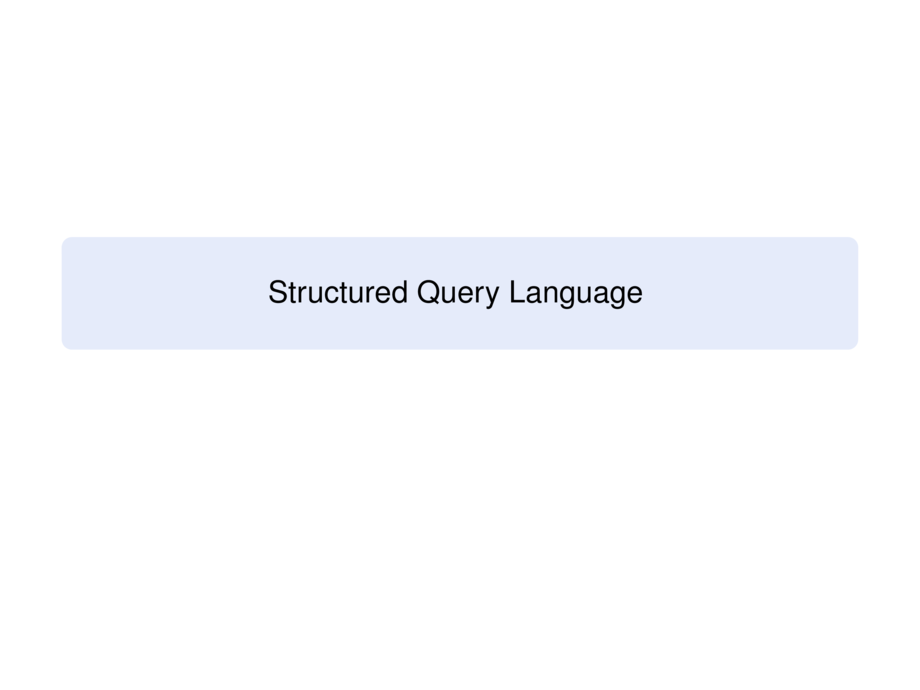



































































































19/36
\begin{frame}[fragile]
\frametitle{Relational Model: Schema}
\begin{block}{Database schema}
= structure of the database, that is, relations + constraints
\end{block}
\begin{exampleblock}{Example schema}
\begin{itemize}
\item Customers(\ul{id}, name, street, city)
\item Accounts(depositor $\to$ Customers(id), \ul{accountnr})
\end{itemize}
\end{exampleblock}
\medskip
\begin{block}{Database instance}
= actual content (`state') of the database at some moment
\end{block}
\vspace{-.5ex}
\begin{exampleblock}{Example instance}
\scalebox{.8}{
\begin{tabular}{| c | c | c | c |}
\rowcolor{mblue!20}
\mc{4}{Customers}
\\ \hline \rowcolor{mblue!40}
\ul{id} & name & street & city
\\ \hline \rowcolor{mblue!20}
191 & George & 1 Main & London
\\ \hline \rowcolor{mblue!20}
239 & Lisa & 5 North & New York
\\ \hline
\end{tabular}
}
\hfill%
\scalebox{.8}{
\begin{tabular}{|c|c|}
\rowcolor{mblue!20}
\mc{2}{Accounts}
\\ \hline \rowcolor{mblue!40}
depositor & \ul{accountnr}
\\ \hline \rowcolor{mblue!20}
191 & 101
\\ \hline \rowcolor{mblue!20}
239 & 205
\\ \hline
\end{tabular}
}
\end{exampleblock}
\end{frame}
\theme{Structured Query Language}

